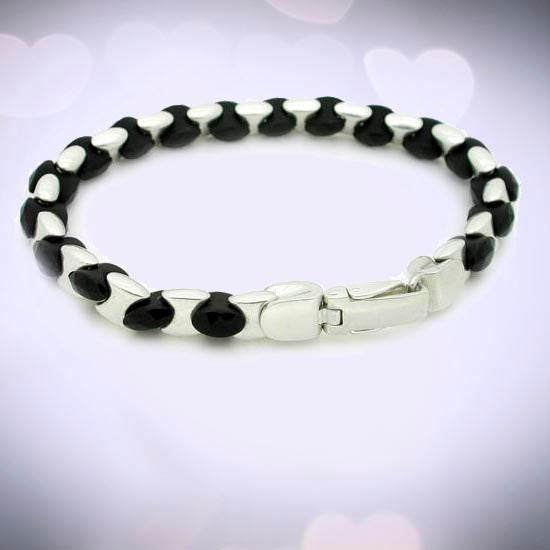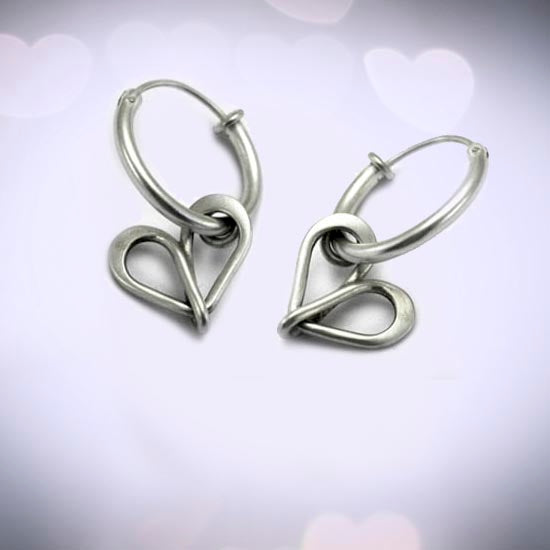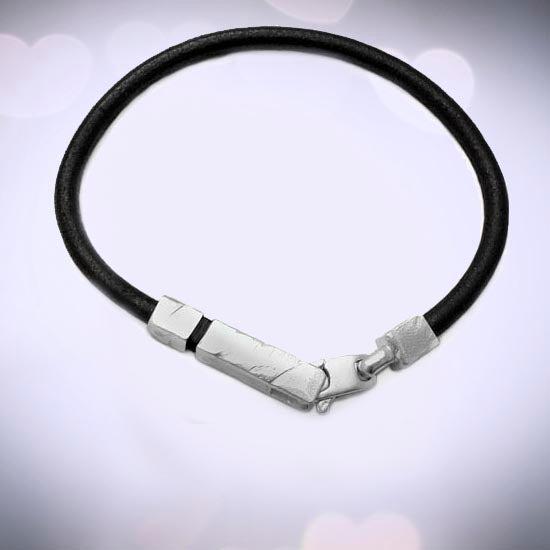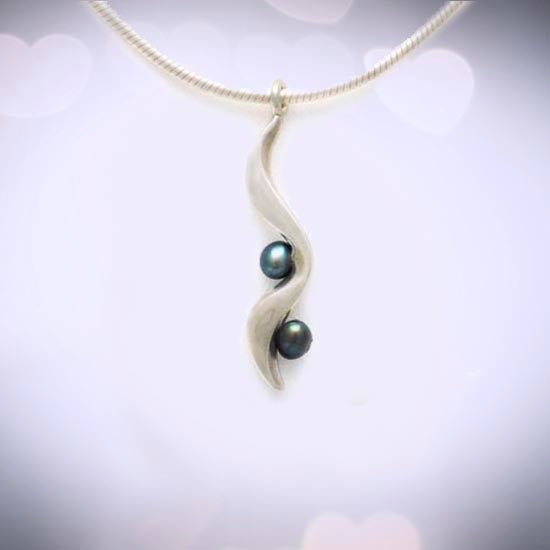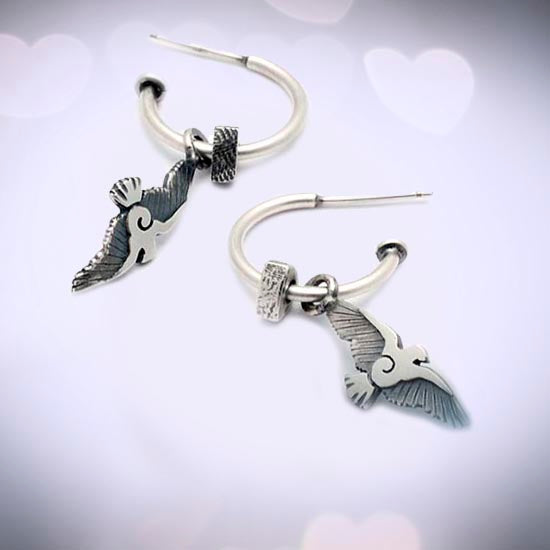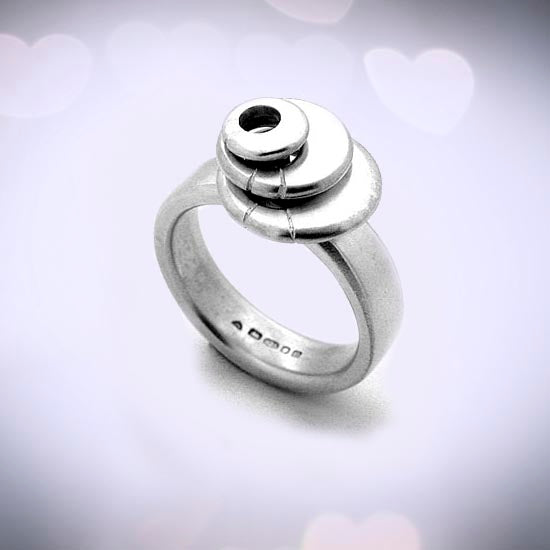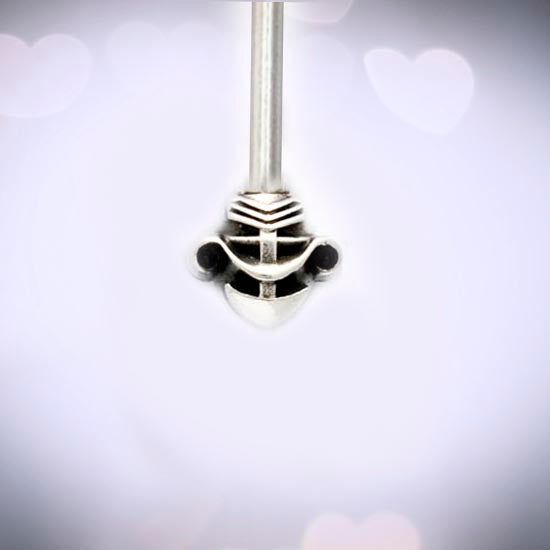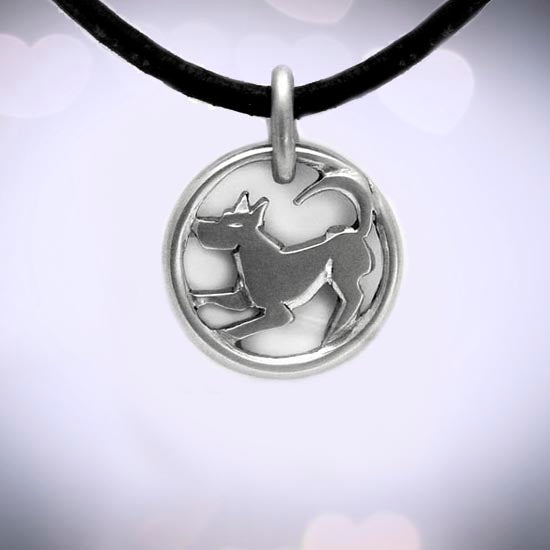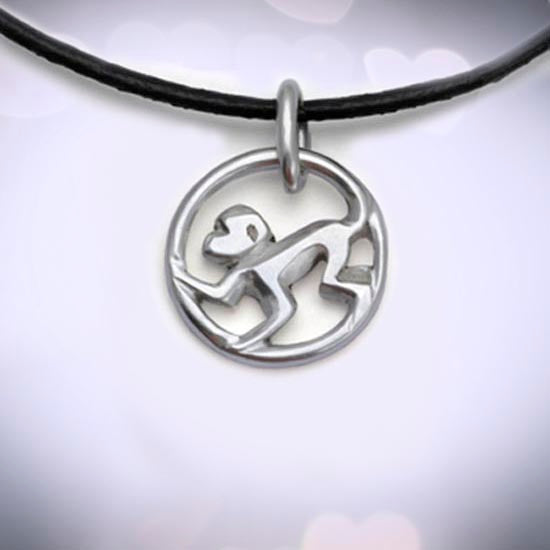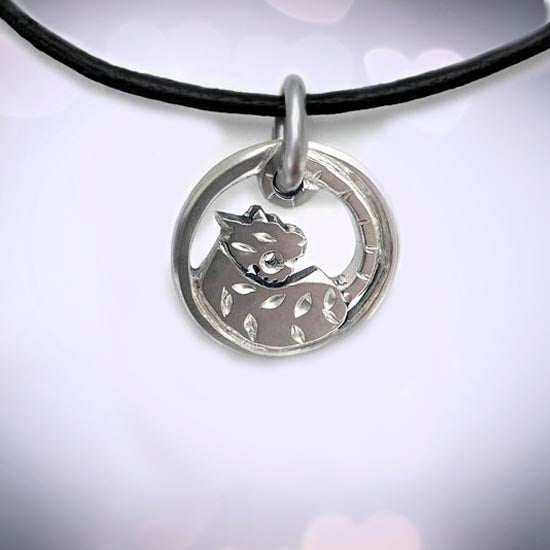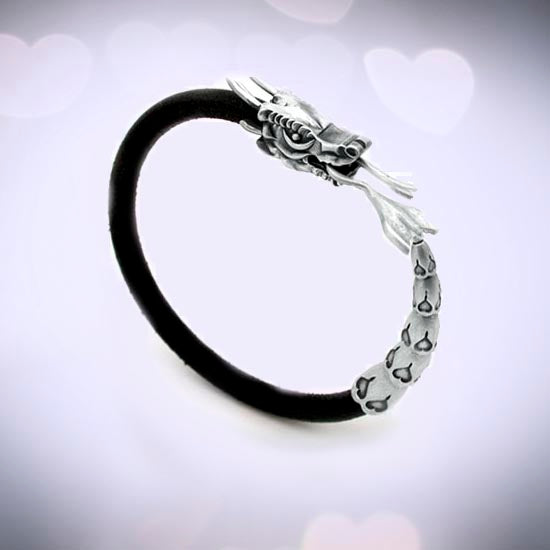
Information to help you decide on the correct size, shape and quality of diamond.
We will get on to the C's in a minute but first a most important point....
Conflict diamonds
A conflict or blood diamond is a diamond mined in a war zone and sold to finance an insurgency, invading army's war efforts, a warlord's activity, conflict or civil war. They have mainly been used to fund conflicts in Africa, helped to finance terrorist groups and for money laundering purposes.
In January 2003 an international certification scheme known as the Kimberley Process was instituted as a method by which the trade in conflict diamonds could be halted, and buyers of diamonds could be assured that their diamonds have not contributed to violence. Only diamonds that can be traced from the mine to the consumer are conflict-free diamonds.
In the mid 1990s, conflict diamonds represented as much as 15% of the world’s total, but the Kimberley Process has cut that to less than 1% worldwide.
We only buy conflict-free diamonds from sources that are full participants in the Kimberley Process Certification System.
As with all consumer goods produced in developing countries, there are also issues about slave labour and exploitation. An ethical diamond is one where no exploitation has occurred during its extraction and journey from rough mined stone to finished jewellery.
We have now moved our diamond sourcing to an ethically sourced supply, with full traceability, but we do still have some stock of older, still conflict free but not guaranteed fair trade (diamonds that we are currently using up).
Diamonds
A precious stone of pure carbon, formed under high temperatures and pressure 50 miles or more underground, diamond is the hardest known naturally occurring substance.
We have set an uncompromising standard with our diamond set jewellery. For all our ranges we insist on using diamonds that are exceptionally well cut, of Flawless to VS1 clarity, and D to H colour. Even our silver jewellery is only set with VS1 G/H colour diamonds.
A diamond’s quality is defined by 4 parameters; carat, cut, clarity, and colour.
Carat
A diamond’s weight is expressed in carats and points of a carat; one carat being 100 points. A diamond weighing 50 points weighs 0.50 carats.
1 carat equals 0.2 gr.
It is very easy to measure the size and carat weight of a diamond but this is not the sole factor determining its value. Two diamonds of equal size and weight can vary drastically in value depending on the cut, colour and clarity.
For examples of carat to size guides please refer to the shape and size charts.
Cut
A diamond's shape should not be confused with its cut. Shape refers to the general outward appearance of the diamond, such as round brilliant, princess, oval, etc (see listings below) whereas a stone's cut alludes to the diamond's reflective qualities. It is very important for a stone to be well cut because it is the cut that is responsible for the amount of light reflected back to the viewer's eyes, and thus the quality of the diamonds famous sparkle.
Knowledge of the anatomy of a diamond will help in understanding the important characteristics to look for in a cut;

Crown: The top portion of a diamond, from the girdle to the table.
Culet: The culet is the smallest facet at the bottom of a full-cut diamond. All of the cut facets of the pavilion meet at a point to form the culet. It is ideal to have a culet which is 'small', 'very small', or 'medium'. If the culet is 'large' or 'very large' it may be visible with the naked eye. When there is no culet, the bottom of the stone will chip easily.
Depth: The height of a diamond, measured from the culet to the table.
Diameter: The width of the diamond as measured through the girdle. Primarily, the Diameter gives you an idea of the diamond's physical size, but it is also used as point of comparison to calculate the diamond's table percentage, total depth percentage, crown height, and pavilion depth.
Facet: The flat, smooth faces of a diamond, cut from the raw crystal.
Girdle: The girdle is the outer edge of a diamond which forms a band around the stone between the crown and pavilion. Ideally this should be balanced and 'medium'. 'Thick' girdles may use unnecessary weight
Pavilion: The bottom part of a diamond, from the girdle to the culet.
Table: The flat facet on the top of the diamond, it is the largest facet of a gemstone.

Beautiful diamonds have proportions that minimize the amount of light that is lost through the bottom of the stone, returning as much light as possible back to the eye in a nice balance of white light (brilliance) and spectral colours (fire). The angles and finish of any diamond are what determine its ability to handle light, and subsequently leads to its brilliance, whilst the fire of a diamond is in reference to the evenness of light dispersion within the stone. The fire and brilliance, therefore, are prime factors in determining the diamond's beauty.

The most common cut of diamond has 58 facets, placed at precise angles in relation to each other. This is done to maximize the amount of light reflected through the diamond and to increase its sparkle. This balance results in a stone with high scintillation and thus well cut diamonds are more valuable and more desirable than darker, poorly cut stones. Well proportioned stones reflect more light, and therefore often appear whiter and brighter than poorly proportioned stones. A well cut diamond can look 2 or 3 colour grades better than it actually is. Similarly, diamonds in perfect proportion may also look better than other badly cut diamonds of higher clarity.

If the proportions of a brilliant cut diamond depart markedly from the ideal proportions, then the light will escape through the pavilion facets instead of being reflected back through the crown.
Too Shallow and light escapes through the pavilion before it can be reflected causing the diamond to lose brilliance. Stones that are too shallow can also display a dark ring around the culet when viewed from the top. Such stones are described as ‘laxey’ or ‘fish-eye’ stones
Diamonds which "spread" more than their weight (ie. the diameter is too great in relation to the depth of the stone) often appeal to the less well informed who feel they are getting a larger looking stone for their money, but a spread stone will lack brilliance.
Too Deep and light escapes through the opposite side of the pavilion causing the diamond to appear dark and dull.
Diamond Polish
The polish grade describes the smoothness of the diamond's facets once it has been cut.
A diamond is given a grade for its finish, from poor to excellent. The polish is very important, because a good polish can enhance the stone’s fire and brilliance. It takes a trained eye to differentiate between the different grades.

Image A is an eye clean diamond with excellent polish, whilst image B shows polish lines from the cutting process, blurring the surface of the diamond and therefore causing dulled sparkle.
Diamond Symmetry
The symmetry grade refers to alignment of the facets. With poor symmetry, light can be misdirected as it enters and exits the diamond.
A diamond is given a symmetry grade for its overall cut uniformity. The symmetry grade can go from poor to excellent. Poor symmetry will decrease a diamond’s sparkle and fire, because the light is leaking from the stone. For the most beautiful diamond, look for a symmetry grade of excellent (EX), very good (VG), or good (G) for a GIA graded diamond

Image A shows a diamond with excellent symmetry, exact shape and arrangement of facets whilst image B shows a diamond with misshapen facets.
Colour
Diamonds are found in nature in a wide range of colours, from completely colourless (the most desirable trait) to slightly yellow & brown. It is the colourless or white diamonds that, just as a prism, allows light to pass effortlessly through and be broken into a rainbow of colours and it is this reflected colour that makes a diamond more desirable.
More intensely coloured diamonds, like yellow, green or blue are called fancy diamonds. Only one out of 10,000 natural diamonds are considered to be a fancy coloured diamond, with red being the rarest, and making fancy colours extremely rare and extremely valuable. These are not graded on the same scale.Black, or Carbonado, diamonds are not truly black, but rather contain numerous dark inclusions that give the gems their dark appearance.
Unnatural coloured diamond can of course be created or enhanced by various treatments.
A diamond's colour is ascertained by looking at it under controlled lighting and comparison to the Gemological Institute of America's (GIA) colour scale which was introduced in the late 1950’s.Grading is based on a set of pre-graded diamonds which have been calibrated to the exact colour of every-other colour ,usually E-G-I-J, known as a Master Colour Diamond Set.
The separation between grades is almost undetectable to the untrained eye. An analogy would be five pieces of white paper of differing qualities. When looked at individually they are all look white, but if placed side by side the distinction can be made. It is difficult to see the subtle differences between one colour grade to the next but these differences become increasingly more apparent the greater the difference in grade between the diamonds being compared
The colour of a diamond is most accurately determined when it is not mounted in a setting as settings can introduce tints of their own colour reflected into the diamond. The diamond's high brilliance and dispersion of light also means the colour grade cannot be accurately determined by looking at the stone from the top (face up) position and it is advisable to observe colour by examining the stone through the side of the pavilion (bottom of the stone) with the diamond upside down in a white paper grading trough.
Even a trained professional can't always tell the difference between close grades of colour in a diamond if it is still mounted in a setting.
The Diamond grading system for Colour as represented in the diamond colour chart below uses the letters of the alphabet from D through Z.
'D' represents the most colourless and therefore the rarest and most valuable and "Z' having the most colour within the normal range, being the least valuable.

Clarity
Diamond clarity relates to the existence and visual appearance of internal characteristics of a diamond called inclusions, and surface defects called blemishes. It is extremely rare for a diamond to be entirely flawless, often having trace minerals, pockets of air or non diamond material inside or on the surface of the diamond. A cluster of very small internal inclusions are referred to as a cloud. Tiny clouds will not interfere with the stone’s brilliance, but a cluster of clouds will.
The clarity scale was developed to have a universal rating system of diamond imperfections.
Flawless diamonds show no inclusions or blemishes, whilst in SI-3 clarity diamonds (or lower quality) the inclusions can be seen with the naked eye. Diamonds with a SI-1 grade or better are usually eye-clean, ie. flawless to the naked eye, meaning it has no visible inclusions.

FL - Flawless; Free from all inclusions or blemishes, at 10x magnification.
IF - Flawless; No inclusions visible at 10x; insignificant surface blemishes only.
VVS1 – Very Very Small inclusion 1 - Minute inclusions that are extremely difficult to see at 10x.
VVS2 – Very Very Small inclusion 2. - Tiny inclusions, only visible under a x10 magnifying glass to the trained eye
VS1 – Very Small Inclusion 1 - Minor inclusions, difficult to see at 10x
VS2 – Very Small Inclusion 2 - Minor inclusions, somewhat easy to see face up at 10x
SI1 – Small Inclusions 1 - Noticeable inclusions, easy to see at 10x, but not visible to the unaided eye
SI2 – Small Inclusions 2 - Noticeable inclusions, very easy to see at 10x and may be visible through the pavilion.
I1 – Small Inclusions 1 - Obvious inclusions at 10x and visible to the unaided eye.
I2 – Included 2 - Obvious inclusions at 10x and easily visible to the unaided eye and have an effect on the brilliance.
I3 – Included 3 - Prominent inclusions, extremely easy to see with unaided eye; The brilliance is decreased & usually affects durability ie. it can break or chip easily. Borderline Industrial Grade.
Shapes & Sizes

Brilliant cut diamonds

Also known as the Round Cut, American Ideal Cut, or American Standard Cut.
This is the traditional and by far the most popular diamond shape. Its 57 facets catch the light beautifully and it is designed to provide maximum optics for the brilliance and scintillation.
|
Milimetres |
Carat weight |
Points |
|
Milimetres |
Carat weight |
Points |
|
1 |
0.005 |
0.5 |
|
4.8 |
0.4 |
40 |
|
1.3 |
0.01 |
1 |
|
5 |
0.5 |
50 |
|
1.5 |
0.015 |
1.5 |
|
5.4 |
0.6 |
60 |
|
1.7 |
0.02 |
1 |
|
5.5 |
0.63 |
63 |
|
1.8 |
0.025 |
2.5 |
|
5.6 |
0.65 |
65 |
|
2 |
0.03 |
3 |
|
6 |
0.75 |
75 |
|
2.1 |
0.035 |
3.5 |
|
6.4 |
0.95 |
95 |
|
2.2 |
0.04 |
4 |
|
6.6 |
1 |
100 |
|
2.4 |
0.05 |
5 |
|
6.8 |
1.17 |
117 |
|
2.5 |
0.06 |
6 |
|
7 |
1.25 |
125 |
|
2.7 |
0.07 |
7 |
|
7.2 |
1.33 |
133 |
|
2.8 |
0.08 |
8 |
|
7.5 |
1.55 |
155 |
|
2.9 |
0.09 |
9 |
|
7.8 |
1.75 |
175 |
|
3 |
0.1 |
10 |
|
8 |
2 |
200 |
|
3.1 |
0.11 |
11 |
|
8.4 |
2.15 |
215 |
|
3.2 |
0.12 |
12 |
|
8.6 |
2.25 |
225 |
|
3.3 |
0.14 |
14 |
|
9 |
2.75 |
275 |
|
3.4 |
0.15 |
15 |
|
9.4 |
3 |
300 |
|
3.5 |
0.16 |
16 |
|
9.6 |
3.15 |
315 |
|
3.6 |
0.17 |
17 |
|
9.8 |
3.35 |
335 |
|
3.7 |
0.18 |
18 |
|
10 |
3.5 |
350 |
|
3.8 |
0.2 |
20 |
|
10.2 |
3.75 |
375 |
|
3.9 |
0.22 |
22 |
|
10.4 |
4 |
400 |
|
4 |
0.25 |
25 |
|
10.6 |
4.25 |
425 |
|
4.2 |
0.3 |
30 |
|
10.8 |
4.5 |
450 |
|
4.4 |
0.33 |
33 |
|
11 |
4.75 |
475 |
|
4.5 |
0.35 |
35 |
|
11.2 |
5 |
500 |
|
4.6 |
0.38 |
38 |
|
12 |
6.5 |
650 |
Oval cut diamonds:

Slightly more unusual than a round cut, oval cuts retain much the same level of fire and brilliance as a round diamond, because the angles are close to those of the round.
The oval shaped diamond was first polished by Lazare Kaplan in the early 1960’s. This diamond shape has 56 facets to reflect the light. The Oval’s ratio of the length to the width should be about 1.5:1
|
Milimetres |
Carat weight |
Points |
|
Milimetres |
Carat weight |
Points |
|
4 x 3 |
0.2 |
20 |
|
8.5 x 6.5 |
1.5 |
150 |
|
5 x 3 |
0.25 |
25 |
|
9 x 6 |
1.75 |
175 |
|
5 x 3.5 |
0.33 |
33 |
|
9 x 7 |
2 |
200 |
|
5 x 4 |
0.4 |
40 |
|
9.5 x 7.5 |
2.5 |
250 |
|
6 x 4 |
0.5 |
50 |
|
10 x 8 |
3 |
300 |
|
6.5 x 4.5 |
0.65 |
65 |
|
10 x 8.5 |
3.5 |
350 |
|
7 x 5 |
0.75 |
75 |
|
11 x 9 |
4 |
400 |
|
7.5 x 5.5 |
1 |
100 |
|
11 x 9.5 |
4.5 |
450 |
|
8 x 6 |
1.25 |
125 |
|
12 x 10 |
5 |
500 |
Princess cut diamonds:

A modern classic: clean, square lines and beautiful sparkle. This shape is the perfect choice if you prefer a square or rectangular outline with brilliant sparkle.
Most rectangular cuts are not as brilliant as the round one, but the princess cut was designed especially to get maximal brilliance from a square cut. Its 76 facets capture the light and accentuates it’s fire and brilliance rather than its luster.
The princess cut is also popular amongst diamond cutters: of all the cuts, it wastes the least of the original crystal.
|
Milimetres |
Carat weight |
Points |
|
Milimetres |
Carat weight |
Points |
|
2 |
0.06 |
6 |
|
4.42 |
0.35 |
35 |
|
2.25 |
0.08 |
8 |
|
4.5 |
0.4 |
40 |
|
2.5 |
0.1 |
10 |
|
4.75 |
0.5 |
50 |
|
2.75 |
0.13 |
13 |
|
5 |
0.63 |
63 |
|
3 |
0.15 |
15 |
|
5.25 |
0.75 |
75 |
|
3.25 |
0.2 |
20 |
|
5.5 |
1 |
100 |
|
3.5 |
0.23 |
23 |
|
6 |
1.25 |
125 |
|
3.75 |
0.25 |
25 |
|
7 |
1.6 |
160 |
|
4 |
0.3 |
30 |
|
8 |
2.25 |
225 |
Baguette cut diamonds

A relatively small elongated diamond that is rectangular in shape, which accentuates a diamond's lustre, whiteness, and clarity but downplays its fire
It has square corners with rows of step-cut facets parallel to the table, which can be unforgiving to the appearance of any imperfections.
Rectangular or oblong diamonds are usually called baguettes, from the French word "baguette". They are similar to emerald cuts, but without the mitred corners which make them octagonal rather than oblong. Tapered baguettes also exist.
|
Milimetres |
Carat weight |
Points |
|
Milimetres |
Carat weight |
Points |
|
3 x 1.5 |
0.05 |
5 |
|
5 x 2.5 |
0.25 |
25 |
|
3 x 2 |
0.09 |
9 |
|
5 x 3 |
0.3 |
30 |
|
3.5 x 2 |
0.11 |
11 |
|
6 x 2 |
0.3 |
30 |
|
4 x 2 |
0.16 |
16 |
|
6 x 3 |
0.4 |
40 |
|
5 x 2 |
0.2 |
20 |
|
6 x 4 |
0.6 |
60 |
Emerald cut diamonds:

The emerald shaped diamond, or Octagonal Cut, is rectangular or square with 48 to 50 facets for optimal brilliance. The clean lines of this classic shape come from step-cutting or parallel line facets. Emerald cut diamonds have oblong facets on each side and around the corners. The usual ratio length- width is 7 to 5.
Larger inclusions are sometimes more visible to the unaided eye, so emerald shaped diamonds usually need to be of higher clarity.
|
Milimetres |
Carat weight |
Points |
|
Milimetres |
Carat weight |
Points |
|
4 x 3 |
0.2 |
20 |
|
8.5 x 6.5 |
2 |
200 |
|
5 x 3 |
0.25 |
25 |
|
9 x 7 |
2.5 |
250 |
|
6 x4 |
0.5 |
50 |
|
10 x 8 |
3 |
300 |
|
6.5 x 4.5 |
0.75 |
75 |
|
11 x 9 |
4 |
400 |
|
7 x 5 |
1 |
100 |
|
12 x 10 |
5 |
500 |
|
8 x 6 |
1.5 |
150 |
|
|
|
|
Marquise or Navette cut diamonds:

Legend has it that the name of this diamond shape was given because it was shaped like the Marquise of Pompadour’s mouth by the special request of Louis XIV.
This diamond cut is tapered towards the extremities displaying a very luminous centre. Cutting the 56 facets is a very precise and difficult job requiring great skill.
The ideal ratio of length to width should be about twice the length as the stone is wide. (2:1 aspect ratio)
This shape tends to flatter the finger, making it appear longer.
|
Milimetres |
Carat weight |
Points |
|
Milimetres |
Carat weight |
Points |
|
3.5 x 1.5 |
0.07 |
7 |
|
9.5 x 4.5 |
0.85 |
85 |
|
4 x 2 |
0.1 |
10 |
|
10 x 4.75 |
1 |
100 |
|
5 x 2 |
0.2 |
20 |
|
10 x 5 |
1.25 |
125 |
|
5 x 3 |
0.22 |
22 |
|
11 x 5 |
1.5 |
150 |
|
5.5 x 2.5 |
0.25 |
25 |
|
11 x 5.5 |
1.65 |
165 |
|
6 x 6 |
0.3 |
30 |
|
12 x 6 |
2 |
200 |
|
7 x 3 |
0.35 |
35 |
|
13 x 5.5 |
2.5 |
250 |
|
7 x 3.5 |
0.38 |
38 |
|
13 x 6 |
2.65 |
265 |
|
7 x 4 |
0.4 |
40 |
|
14 x 6.5 |
2.87 |
287 |
|
8 x 4 |
0.5 |
50 |
|
14 x 7 |
3 |
300 |
|
8.5 x 4.5 |
0.65 |
65 |
|
15 x 7 |
3.75 |
375 |
|
9 x 4 |
0.7 |
70 |
|
16 x 8 |
4.5 |
450 |
|
9 x 4.5 |
0.75 |
75 |
|
18 x 9 |
7 |
700 |
|
9 x 5 |
0.8 |
80 |
|
20 x 10 |
10 |
1000 |
Trillion cut diamonds;
Trilliant cuts are essentially three sided shapes, with either bow or straight sides and may also have truncated corners. This type of shape has a variety of names many of which are trademarked and other names for this cut include: trillion cut, triangular cut.
One of my own personal favourite shapes as reflected in the AR Annika Rutlin logo!
Dramatic and bold, Trilliants have 40 facets or 41 if you include the culet.
Developed in the 1970s as a variation of the radiant cut, the Trillion is a combination of step-cutting and faceting. It is often used as side stones rather than the centre diamond, so is somewhat scarce in larger sizes.
Pear cut diamonds:

This aesthetically appealing cut stands midway between the round brilliant and the marquise conveying high scintillation factor. This water drop shape is the second most popular diamond shape. The round bottom reflects the light with its 58 facets. Good symmetry is a must for pear-cut diamonds to ensure that light is reflected evenly, especially in the point and 1.5:1 aspect ratio delivers a great appearance and lively diamond.
Beautiful and feminine with a rounded end on one side and a tapering point at the other. It’s lovely as the centre stone in a ring, a pendant or pair of drop earrings.
|
Milimetres |
Carat weight |
Points |
|
Milimetres |
Carat weight |
Points |
|
4 x 2 |
0.2 |
20 |
|
10 x 7 |
2 |
200 |
|
5 x 3 |
0.3 |
30 |
|
12 x 7 |
2.5 |
250 |
|
6 x 4 |
0.5 |
50 |
|
12 x 8 |
3 |
300 |
|
7 x 5 |
0.75 |
75 |
|
13 x 8 |
3.5 |
350 |
|
8 x 5 |
1 |
100 |
|
14 x 8 |
4 |
400 |
|
9 x 6 |
1.5 |
150 |
|
15 x 9 |
5 |
500 |
Heart cut diamonds:
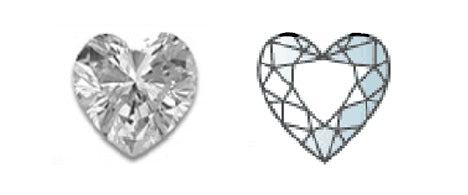
The heart is the ultimate symbol of love and this unique shape of diamond cut is a particularly excellent choice for sentimental jewellery. It is, however, a difficult shape to cut with relatively high waste, making it a relatively expensive and rare choice. For an optimal colour and shape, the length-to-width ratio must be between 0.90 and 1.10.
|
Milimetres |
Carat weight |
Points |
|
Milimetres |
Carat weight |
Points |
|
4 x 4 |
0.25 |
25 |
|
8 x 8.5 |
2.5 |
250 |
|
5 x 5 |
0.5 |
50 |
|
9 x 9 |
3 |
300 |
|
5.5 x 5.5 |
0.65 |
65 |
|
9.5 x 9.5 |
3.5 |
350 |
|
6 x 6 |
0.75 |
75 |
|
10 x 10 |
4 |
400 |
|
6.5 x 6.5 |
1 |
100 |
|
10.5 x 10.5 |
4.5 |
450 |
|
7 x 7 |
1.5 |
150 |
|
11 x 11 |
5 |
500 |
|
8 x 8 |
2 |
200 |
|
|
|
|
Cushion cut diamonds
An antique style cut that looks like a cross between an Old Mine cut (deep cut with large facets, common in late 19th Century) and a modern oval shape.
Asscher cut diamonds
This elegant shape is a variation on a classic emerald cut developed in 1902 by the venerable Asscher brothers in Holland. It is usually cut to a square outline as opposed to rectangular.


